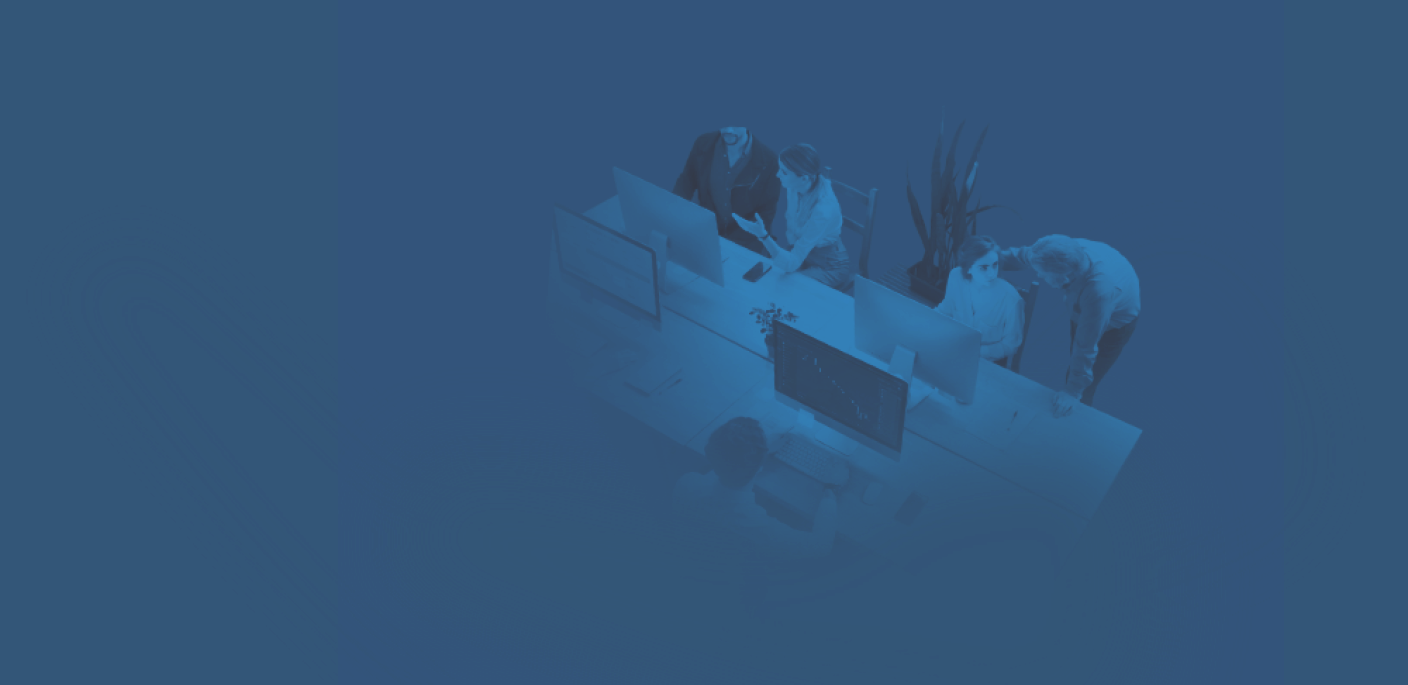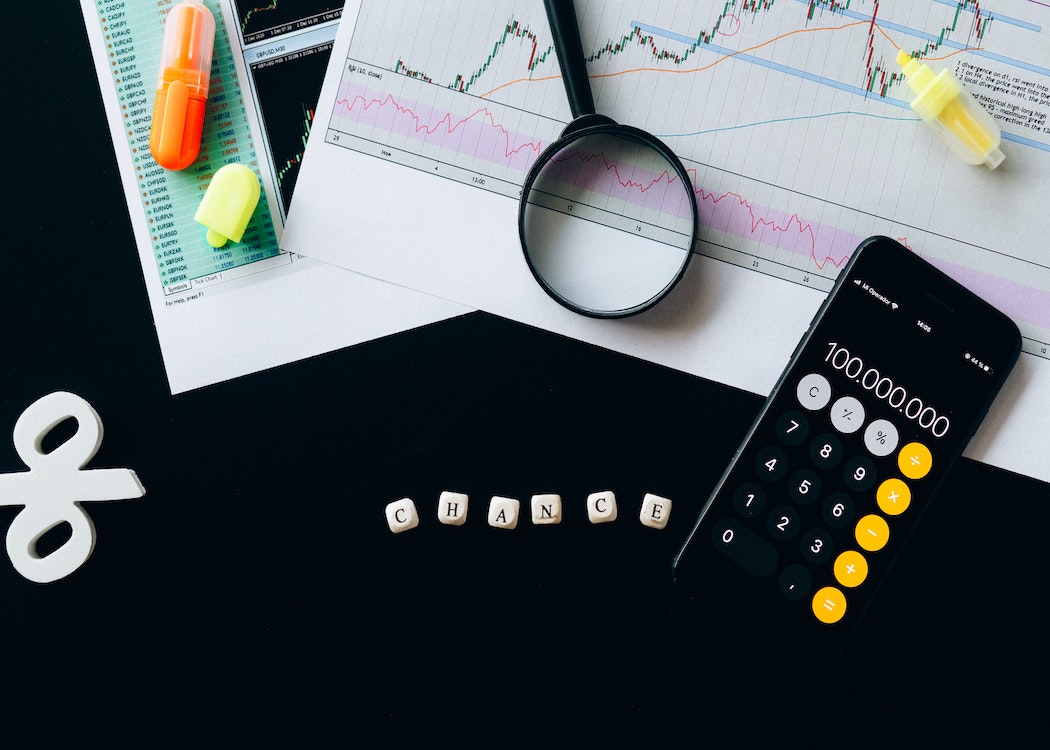
Forex
Forex Trading
The forex market (FX) is the world’s largest decentralised financial market, with trading volumes exceeding $6.6 trillion a day*. That’s more than most of the biggest stock markets combined. Trading 24-hours a day, there’s always an opportunity to buy or sell. Whether you’re new to CFD trading or a seasoned trader, the FX market represents a way to take advantage of price movements in one of the most liquid assets. Start trading with some of the industry's lowest spreads today.
Forex spreads and currency pairs
Our spreads are some of the best in the market. We feed pricing directly to our platforms from our liquidity providers - no intervention or dealing desk required. Find spreads as low as 0.0 pips on 14 major FX pairs when trading on our Razor account. We offer 60+ currency pairs so you can take advantage of all of the world's major markets. See our full list of currency pairs and spreads.
Trading forex with us?
There are two main types of stock trading:Once you start trading forex, you’ll see why we’re a market leader. We access multiple liquidity providers and external pricing sources to give you the best prices and competitive, low spreads when you

Tabulated Currency Pairs
- Regulated and Licensed by MFSA under MIFID directive
- Leverage up to 1:100 for professional traders
- Cryptocurrencies available for trading
- Stock and indices also available for trading
We work 24/7 to keep your information secure:
*Your data is Important! Therefore protecting your information from unauthorised access and accidental disclosure is a top priority. capitalclimax pursues information security with the same commitment to excellence that we apply to understanding our clients financial needs. We work hard to protect your information. capitalclimax information security and data protection is driven by the same commitment to excellence that we apply to understanding the financial needs of our clients.
At capitalclimax, we employ a multi-layered approach to security. Among the systems we use to protect information are firewalls, malware identification programs, fraud detection systems, data loss prevention infrastructure, email filtering, virus controls and system redundancies, including network segmentation.
 Translate
Translate